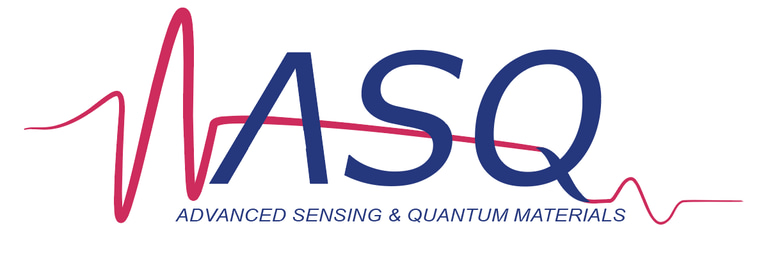Quantum Sensing Materials
We study Quantum Materials for their intriguing novel material properties and concomitant potential use as Sensing Material for advanced sensing. Metal hydrides, for instance, are metals that absorb hydrogen and undergo a metal-to-insulator transition. This phase transition is evinced as a drastic optical change across an entire optical broad-band spectrum. In this research we aim at understanding the nature of this transition[1] and use it as a novel, accurate and selective way of hydrogen sensing[2]. Of equal interest are the class of perovskite materials, such as LaAlO3 and SrTiO3, where we study fundamental properties of light-matter interactions, such as phonon-polaritons, and their application as novel Quantum Sensing Materials.
[1] Peeters, D., Geneste, G.,Gomez Rivas, J., van Mechelen, J.L.M., Broad-band optical properties of yttrium hydride, 49th International Conference on Infrared, Millimeter and Terahertz Waves (IRMMW-THz) (2024).
[2] Victoria,M., Westerwaal,R.J., Dam, B., van Mechelen, J.L.M. Amorphous metal-hydrides for optical hydrogen sensing: The effect of adding glassy Ni-Zr to Mg-Ni-H, ACS Sensors 1, 222 (2016).
[3] Zhou, Y., Waelchli, A., Boselli, M., Crassee, I., Bercher, A., Luo, W., Duan, J., van Mechelen, J.L.M., van der Marel, D., Teyssier, J., Rischau, C.W., Korosec, L., Gariglio, S., Triscone, J.-M., and Kuzmenko, A.B. Thermal and electrostatic tuning of surface phonon-polaritons in LaAlO3/SrTiO3 heterostructures, Nat. Comm. 14, 7686 (2024)
TU/e
Subgroup of the faculty of Electrical Engineering at the TU/e.
Navigation
Topics
© 2024. All rights reserved.
Vacancies
Contact
